Tiny Asteroid Detected Just Hours Before Impacting Earth’s Atmosphere
In a rare astronomical event, a small asteroid known as 2024 RW1 was discovered just hours before it was set to hit Earth’s atmosphere. The European Space Agency (ESA) confirmed the discovery on September 4, 2024.
Despite its size, the asteroid’s detection is a remarkable achievement in planetary defense, showcasing the advancements in space rock tracking.
A Quick Discovery by the Catalina Sky Survey
The Catalina Sky Survey (CSS), a NASA-funded project, spotted the asteroid in the early hours of September 4. Measuring just about 1 meter (3 feet) in diameter, 2024 RW1 was quickly identified as harmless.
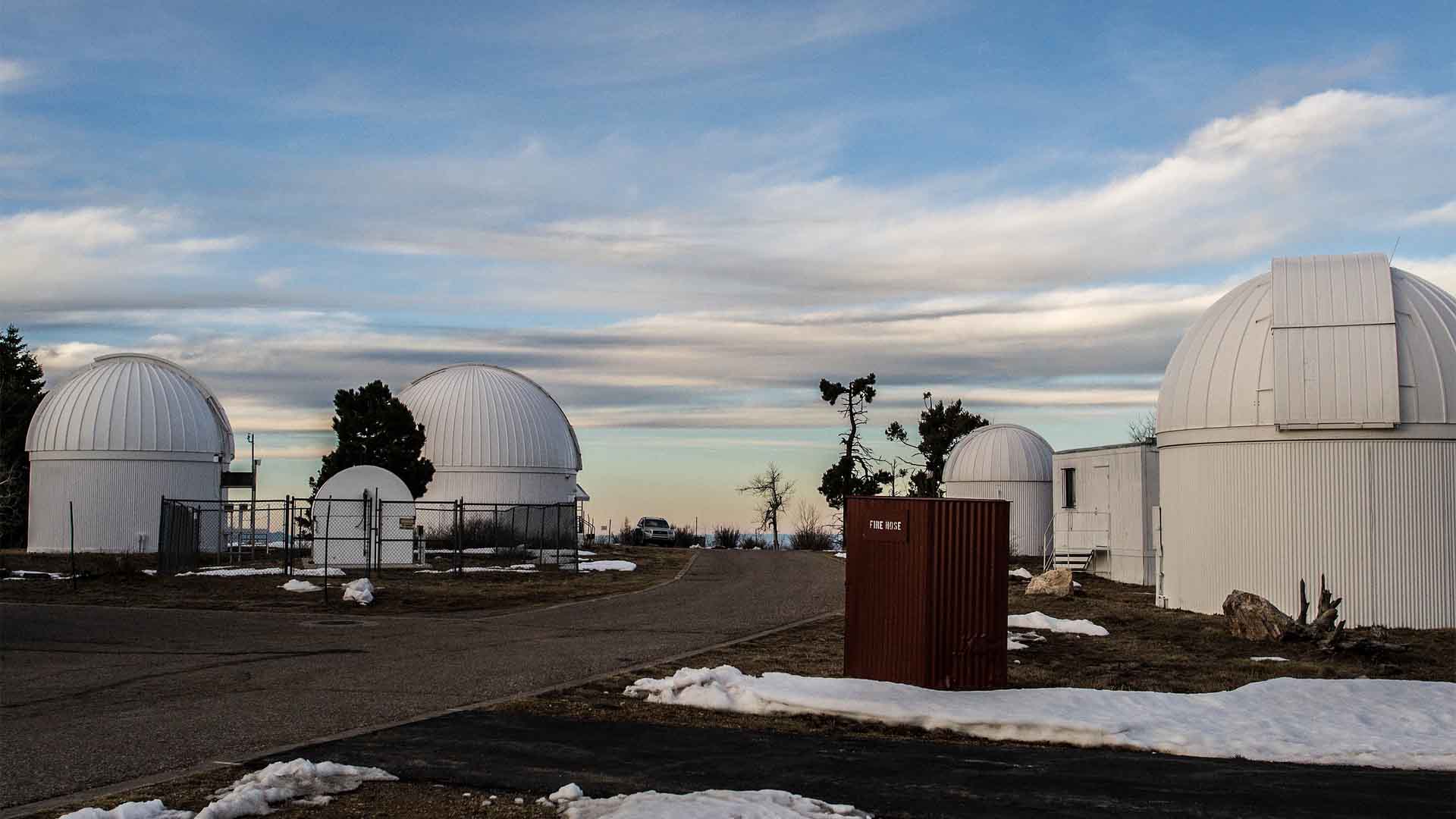
Source: Daniel Oberhaus
Small asteroids like this one are typically expected to burn up as they enter Earth’s atmosphere, creating a potential fireball display.
Asteroids Like 2024 RW1 Hit Earth Every Two Weeks
Asteroids around the size of 2024 RW1, roughly 1 meter, are estimated to impact Earth about every two weeks. However, they are rarely detected before making contact with the atmosphere.
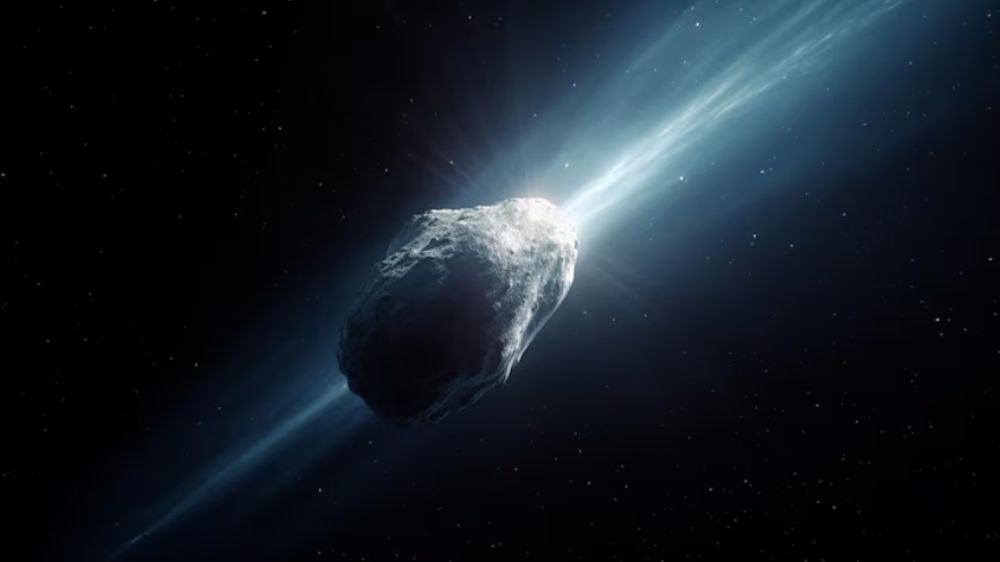
Source: Freepik
The detection of 2024 RW1 marks only the ninth time humans have officially spotted an asteroid before impact.
What Happens When Asteroids Enter Earth’s Atmosphere
Asteroids like 2024 RW1, when entering Earth’s atmosphere, usually burn up, creating a spectacular fireball visible from the ground. These space rocks aren’t large enough to pose a threat to life on Earth, but they can create stunning visual displays.
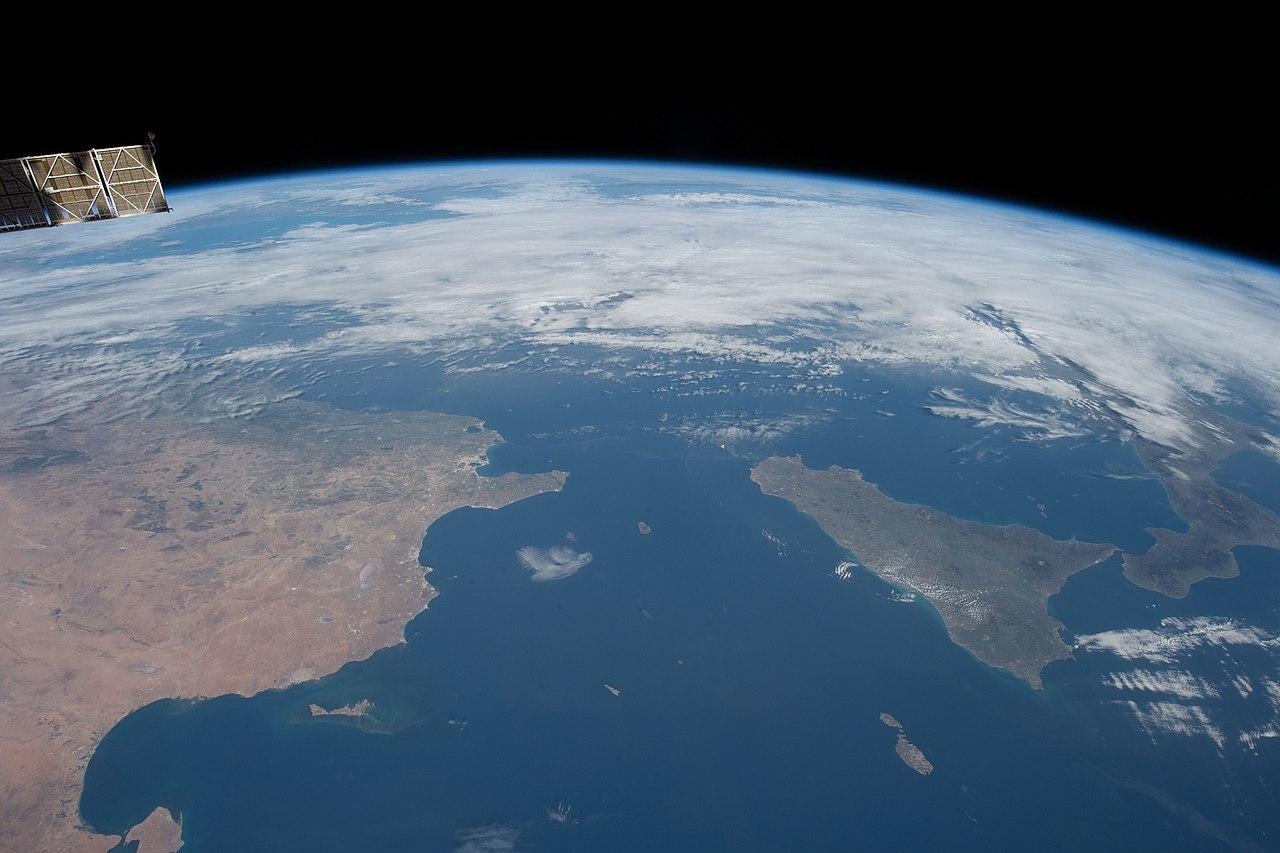
Source: Wikimedia
Observers in the Philippines were hoping for just such a show as 2024 RW1 entered the atmosphere near Luzon Island.
Cloudy Skies Threaten the Fireball Show
While many anticipated seeing a bright fireball in the sky, weather conditions posed a challenge. Typhoon Yagi, a powerful storm in the region, caused heavy cloud cover that made viewing the asteroid’s fiery descent difficult.

Source: Tim Graham/Getty Images
The storm, which had recently passed over the northern Philippines, was sitting about 250 miles west of Luzon, impacting visibility.
How 2024 RW1 Compares to Other Asteroids
Asteroids like 2024 RW1 are tiny compared to the ones that pose a potential threat to Earth. While 2024 RW1 was only a few feet in diameter, NASA and ESA regularly track thousands of near-Earth objects that could be hazardous in the future.
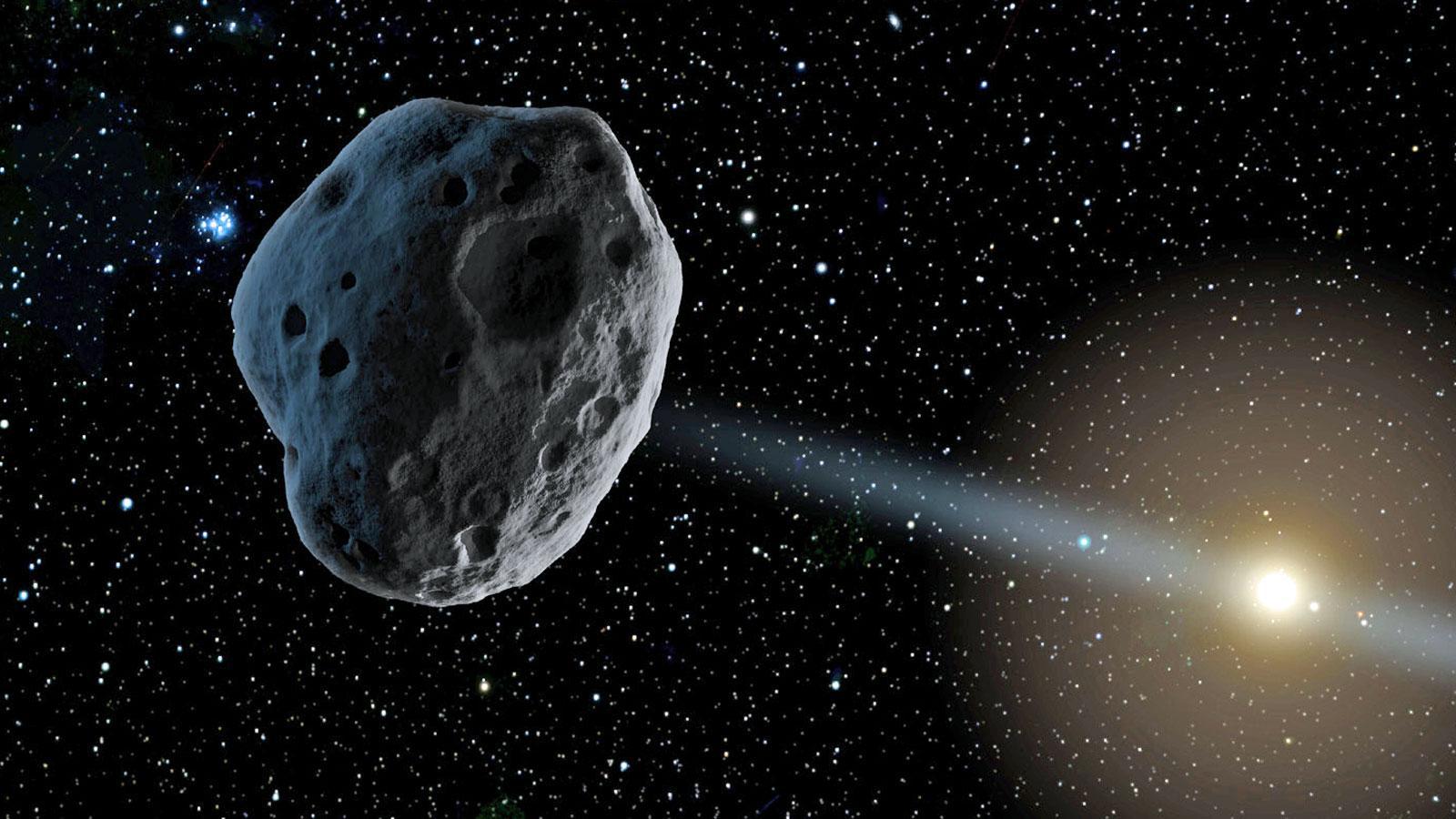
Source: Wikimedia
Thankfully, no significant impact threats are anticipated for the next hundred years, according to NASA’s Asteroid Watch.
Why Asteroid Detection is Crucial
The discovery of 2024 RW1 highlights the importance of planetary defense programs. Finding and tracking asteroids helps scientists understand potential risks and prepare for impacts.

Source: Freepik
CSS, the team behind the detection, plays a big role in planetary defense by scanning the skies for any incoming space rocks and rapidly calculating their trajectories.
Catalina Sky Survey: A Brief History
The Catalina Sky Survey, based out of the University of Arizona, has been at the forefront of asteroid detection for years.
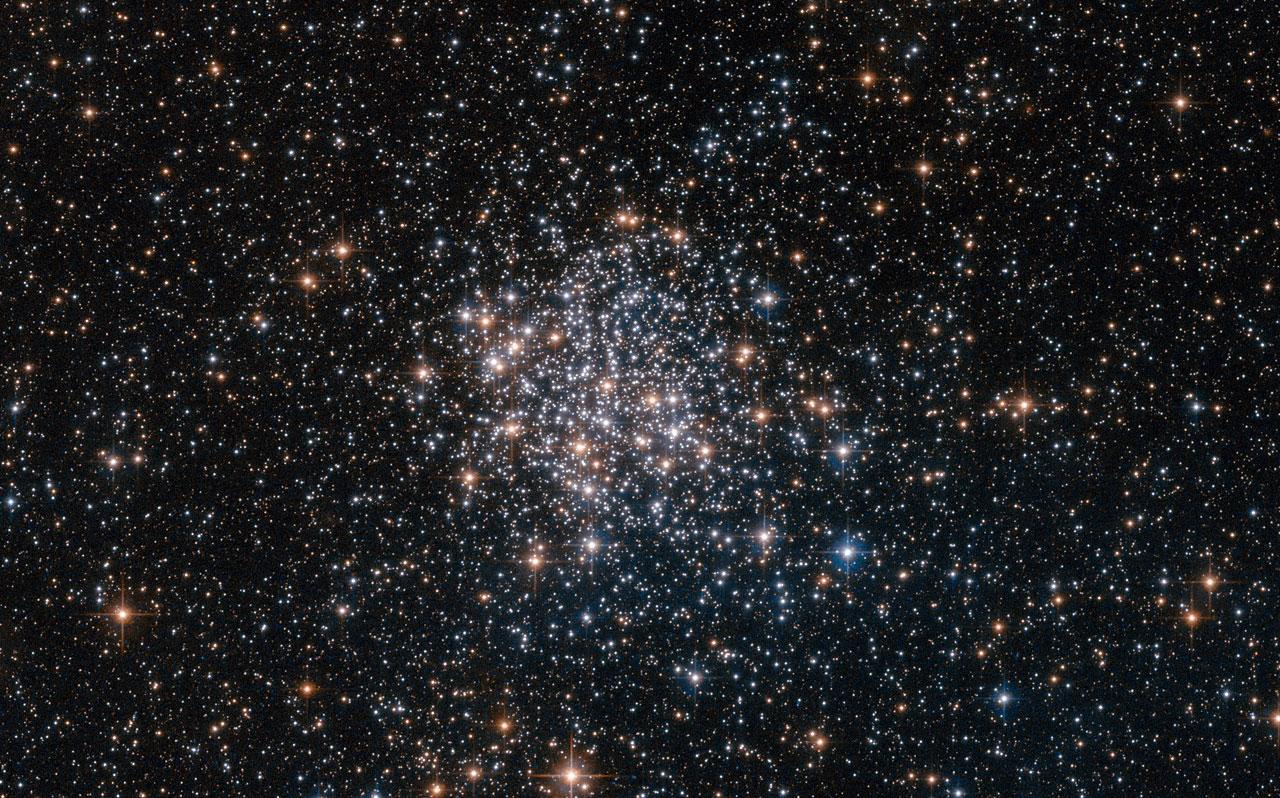
Source: Wikimedia
Using state-of-the-art telescopes and advanced software, the team regularly finds small asteroids hours before they hit Earth. Their work ensures we’re better prepared for future impacts, no matter how small or large the space rocks are.
Asteroids and Their Fiery Demise
While larger asteroids can cause damage, these smaller ones are often harmless, burning up completely before they reach the surface.

Source: Freepik
Fortunately, for skywatchers, their fiery demise makes for an impressive show for skywatchers.
2024 RW1 and the Power of Social Media
As news of the asteroid spread, people took to social media to discuss the impending impact. The ESA fielded several questions about the object, reassuring the public that 2024 RW1 posed no threat.

Source: Priscilla Du Preez/Unsplash
In fact, the ESA called the detection “a sign of our improving planetary defense capabilities,” highlighting the progress made in tracking small asteroids.
No Danger, Just a Spectacle
Despite the brief excitement surrounding 2024 RW1, there was never any real threat to Earth. The asteroid was small enough to burn up upon atmospheric entry, with any debris likely falling into the ocean.
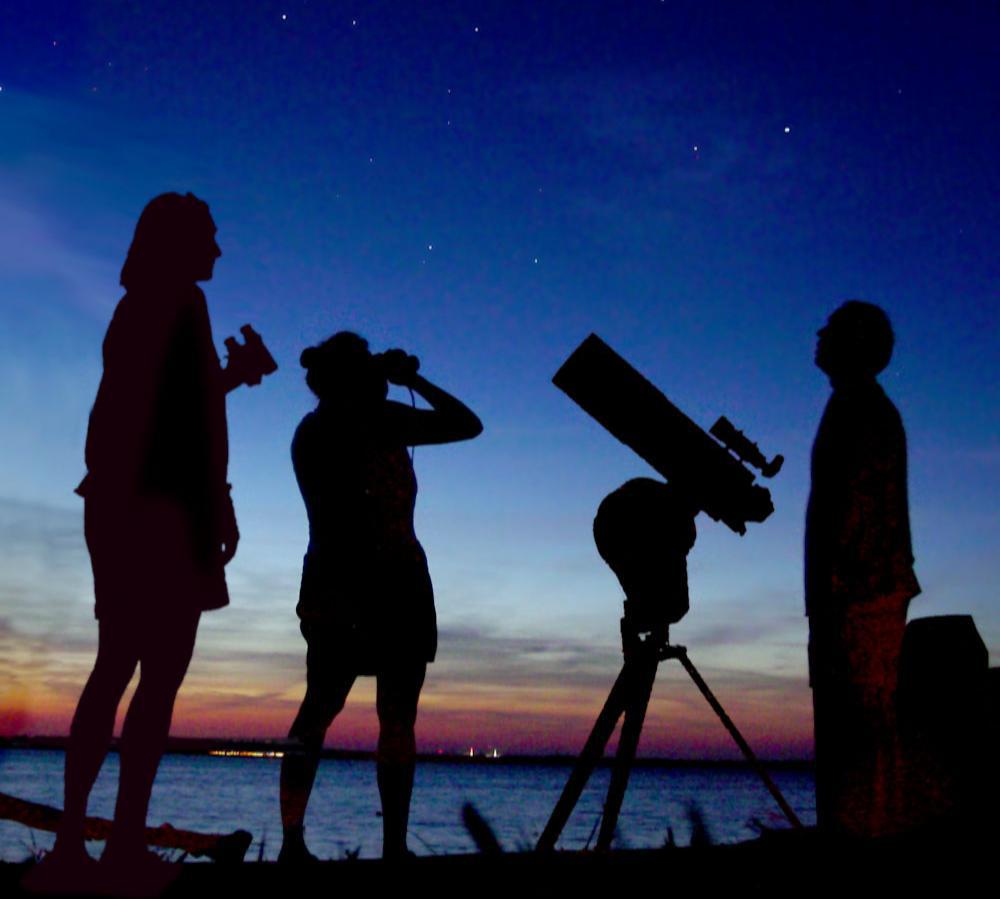
Source: Wikimedia
NASA and ESA have made significant strides in tracking these objects, ensuring that even small space rocks are monitored closely for public safety.
The Future of Planetary Defense
Asteroids like 2024 RW1 offer valuable insights into the effectiveness of planetary defense systems.
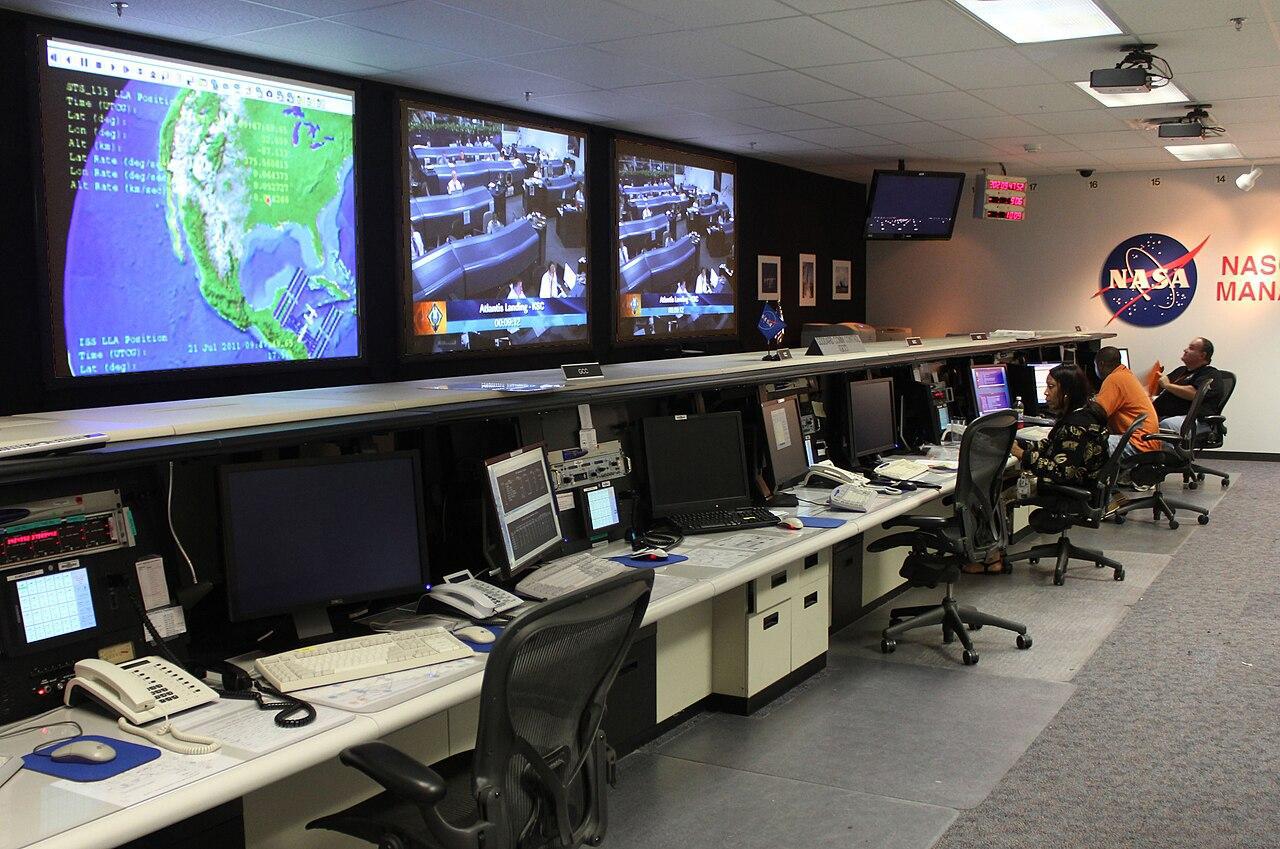
Source: Wikimedia
By discovering and tracking space rocks before they impact Earth, agencies like NASA and ESA are improving their ability to protect the planet.
